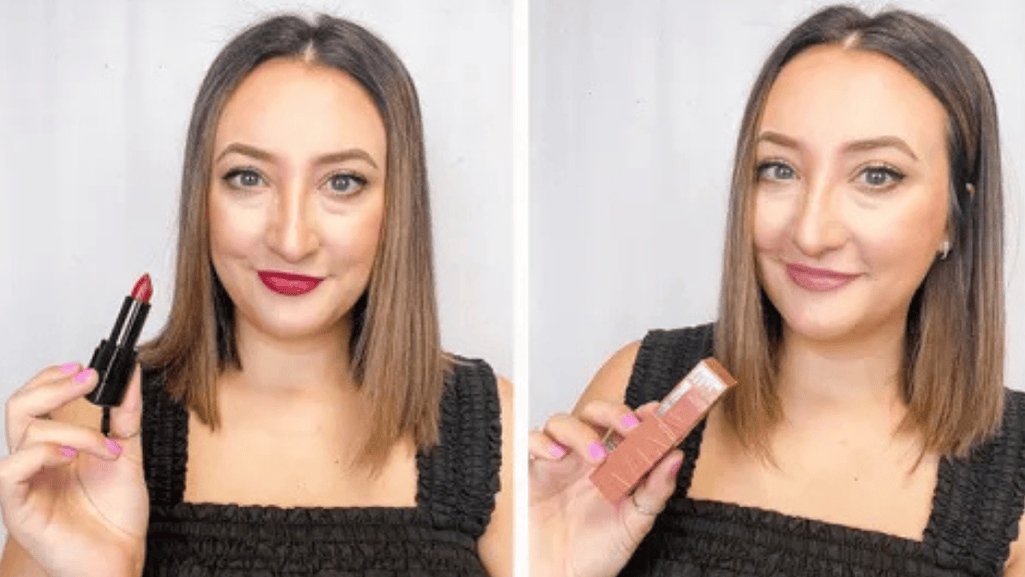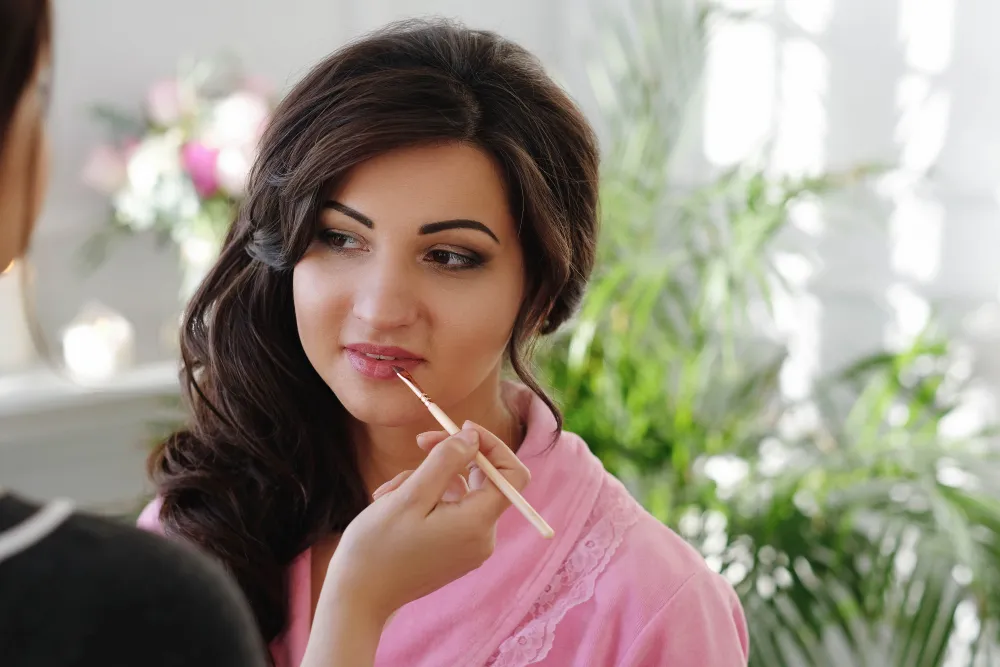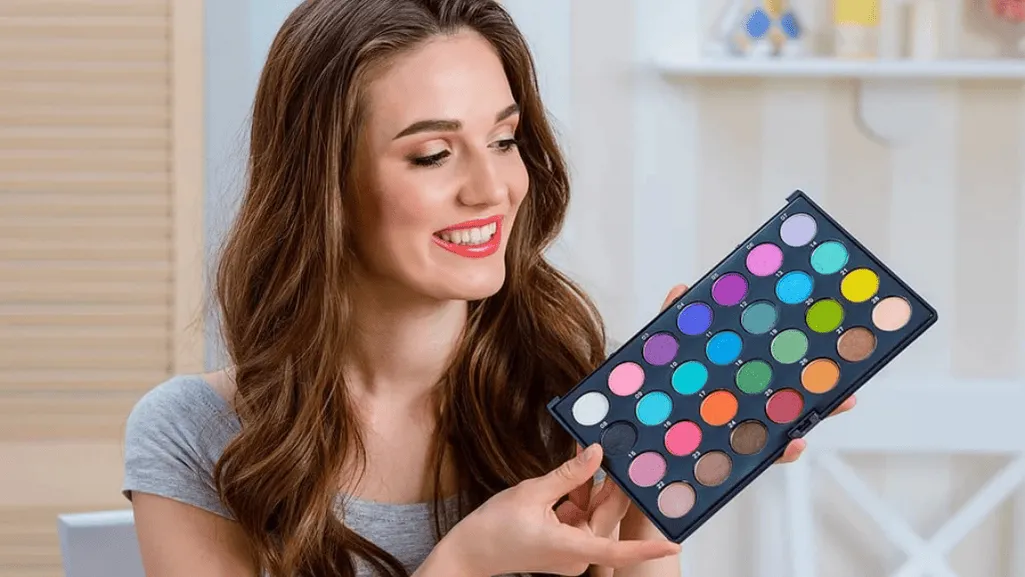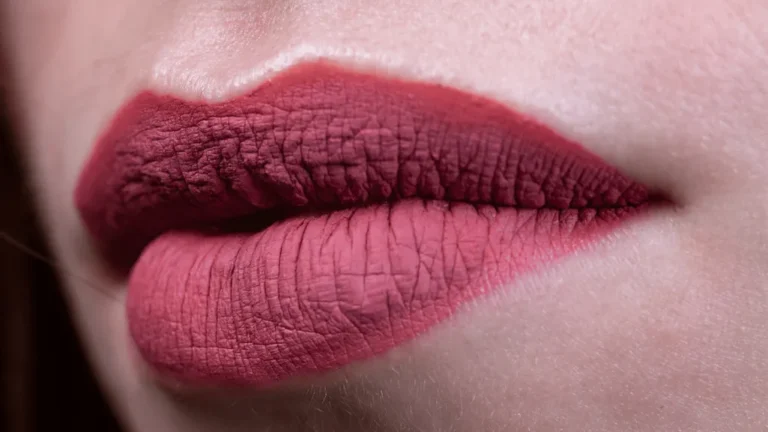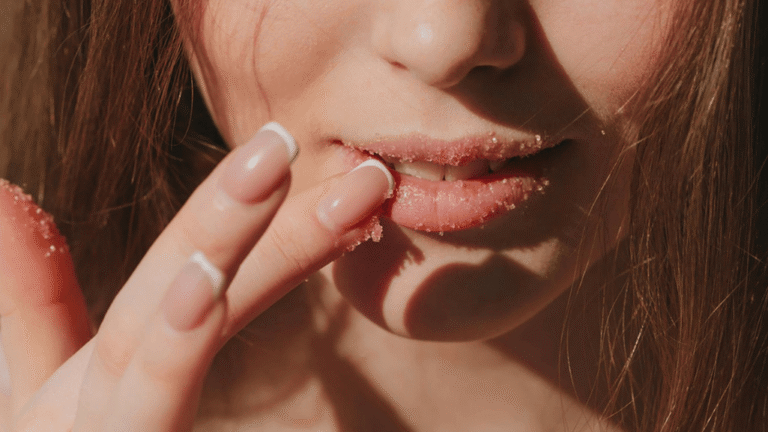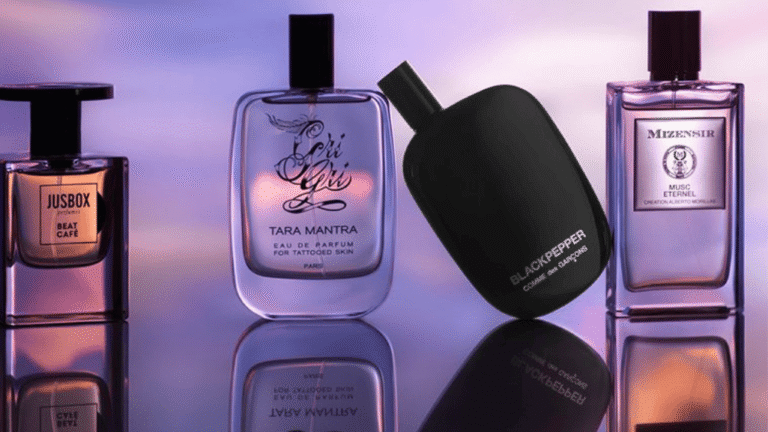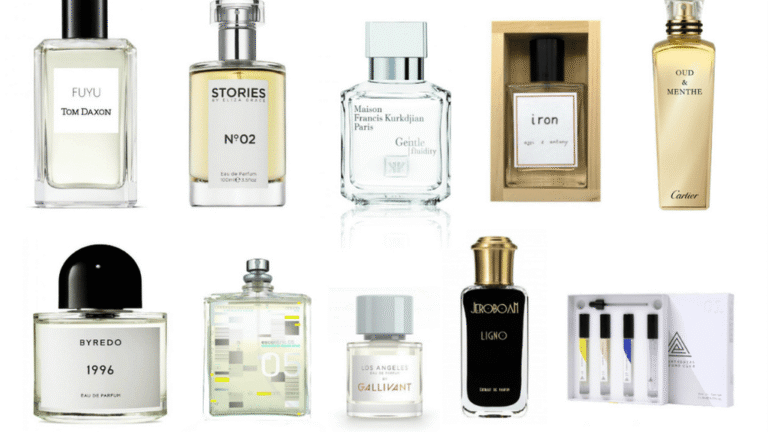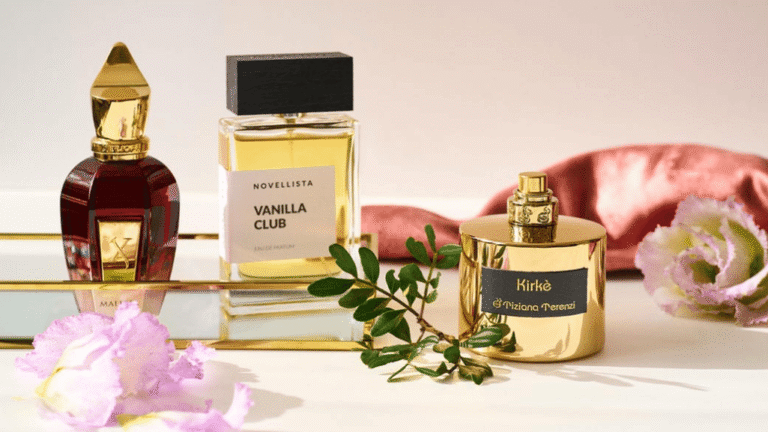Finding the perfect lip color for skin tone starts with one simple step: identify your undertone. Your undertones — cool, warm, or neutral — guide which lip shades and overall lip color palettes will flatter your skin and complete your makeup look. Cool undertones typically harmonize with shades that have blue or purple undertones (think cherry reds and berries), while warm undertones glow in orange-based hues like terracotta and warm corals. If your undertone is neutral, you have flexibility to try both cool and warm lipstick shades.
Key Takeaways:
- Identify your undertone (cool, warm, neutral) — it’s the quickest way to narrow down flattering lip colors.
- Cool undertones: reach for blue- or purple-leaning reds and berry shades to enhance your natural skin tone.
- Warm undertones: choose orange-based lipstick shades — think terracotta, brick, and warm corals.
- Neutral undertones can experiment across palettes — try both pink nudes and warm browns to see what suits your complexion best.
- Want a quick test? Scroll down to our undertone test, then check the “Best Lipstick Colors” section for curated picks and makeup finish tips.
lip color for skin tone
 Understanding your skin’s undertones is the key step to choosing flattering lip color palettes. Everyone’s skin contains a mix of underlying tones — cool, warm, or neutral — and identifying which category you fall into narrows down the shades that will make your lips and overall complexion look their best. Use the quick wrist test below, then try the sample shades to see what harmonizes with your skin tone.
Understanding your skin’s undertones is the key step to choosing flattering lip color palettes. Everyone’s skin contains a mix of underlying tones — cool, warm, or neutral — and identifying which category you fall into narrows down the shades that will make your lips and overall complexion look their best. Use the quick wrist test below, then try the sample shades to see what harmonizes with your skin tone.
How to check your undertone (30 seconds)
- Look at the veins on the inside of your wrist in natural light: bluish veins usually indicate cool undertones, greenish veins suggest warm undertones, and if veins aren’t clearly blue or green you may be neutral. (This is a helpful heuristic — see sources below for limitations.)
- Try the jewelry test: silver tends to flatter cool undertones; gold often flatters warm undertones. If both look good, you’re likely neutral.
- Tip: skin surface color (fair, tan, deep) is different from undertone — combine both when choosing lipstick.
Cool undertones are often associated with bluish, pink, or ruddy hints beneath the skin. Silver jewelry and blue-based colors typically enhance cool complexions — look for lipstick shades like cherry red, blueberry-leaning berries, and blue-based pinks to brighten your skin.
Warm undertones show golden, peachy, or yellow hints under the skin. Gold jewelry usually flatters warm complexions; choose orange-leaning reds, terracotta, and warm corals to harmonize with your skin tone.
Neutral undertones combine cool and warm hints and usually look good in both silver and gold. Neutral skin tones are versatile — try pink nudes, caramel browns, or midtone mauves to see what enhances your complexion most.
Note: these wrist and jewelry tests are practical heuristics widely used in color analysis — they’re a great starting point but not absolute. For a visual guide, check our undertone swatch gallery (internal link) or download the printable swatch chart to test shades at home.
Summary:
| UndertoneCharacteristicsJewelry PreferenceIdeal Lip Colors | |||
| Cool Undertones | Bluish-purple, pink, red, or ruddy undertones | Silver | Blue-leaning reds, cherry, berry, and cool pinks |
| Warm Undertones | Yellow, peachy, golden, or olive hue | Gold | Orange-leaning reds, terracotta, warm corals, brick |
| Neutral Undertones | A balanced mix of cool and warm tones | Both silver and gold | Versatile picks: pink nudes, caramel, mauve, and midtone reds |
Understanding your skin’s undertones opens up a world of options when choosing lip shades. These tips are practical starting points — if you want to be thorough, use our downloadable swatch chart or compare shades under daylight before you commit to a full-size lipstick. Next up: the best lipstick colors for specific skin tones and finishes.
Finding the Best Lipstick Color for Your Skin Tone
Now that you’ve identified your undertone, here are practical, easy-to-try lipstick suggestions and finish tips to match your skin tone. These are stylistic guidelines — test shades in daylight and on your lips before committing to a full-size product.
- Cool undertones: choose blue-leaning reds and berry shades to make your skin pop — cherry red (blue base), cranberry, and cool mauves are reliable picks. For a modern twist try a blue-toned red in satin or cream finish (less harsh than a flat matte).
- Neutral undertones: you have the most flexibility — soft pinks, midtone mauves, caramel nudes, and mid-reds will all work. If you want a safe everyday option, start with a neutral mauve in a creamy finish.
- Warm undertones: favor orange-based shades: terracotta, brick red, and warm corals bring warmth and vibrancy. Warm-toned lipsticks in satin or glossy finishes can soften the intensity while highlighting golden undertones.
Finish matters: a matte finish can make a bold statement but may mute shimmer and look heavier on deep or warm complexions; gloss or satin finishes tend to read softer and can make bright or dark colors feel more wearable. Choose a finish based on the strength of the color and the occasion.
Quick pick — 2–3 starter shades by undertone
| UndertoneStarter Shades (examples) | |
| Cool | Cherry red (blue base), Berry (deep raspberry), Cool mauve — try satin finish |
| Neutral | Mauve, Mid-red, Caramel nude — cream or semi-matte finish |
| Warm | Terracotta, Brick red, Warm coral — satin or glossy finish |
Product note: If you prefer clean beauty, look for the same shade families in non-toxic formulas (see the “Safe Colors and Clean Beauty” section for brand notes). Want specific product suggestions and swatches? Jump to our curated “best lipstick” picks and downloadable swatch chart for hex samples and clean-beauty options.
Going Dark, Bright, or Nude
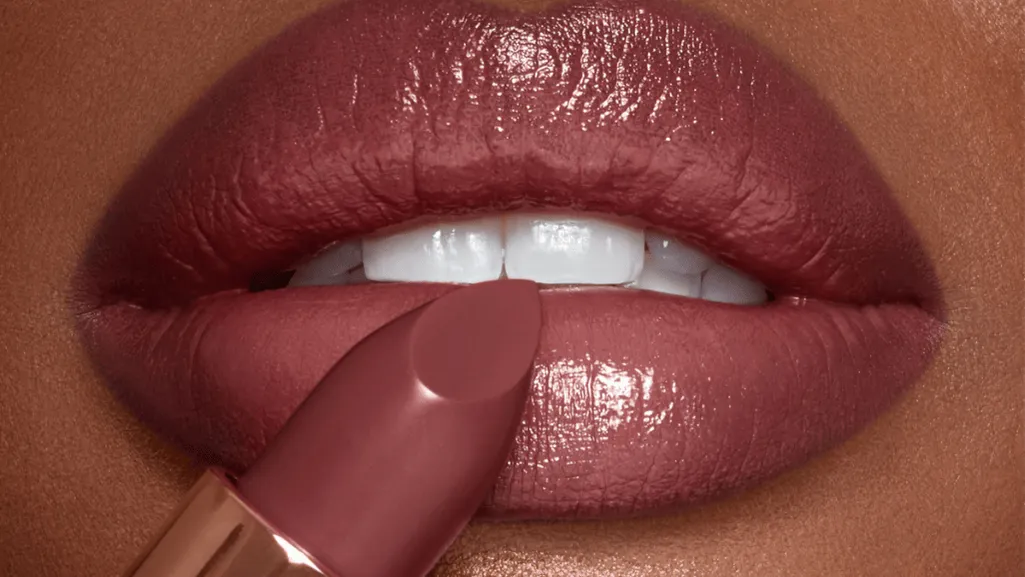
The same shade can read dramatic, playful, or effortlessly natural depending on how you wear it. Below are practical, undertone-aware suggestions for dark, bright, and nude lip choices — plus quick styling tips to make each look wearable.
Dark Lip Colors — how to wear them
- Cool undertones: Deep plum, blackberry, and blue-tinged berry shades (hex idea: #4B0033 for plum) create an edgy, elegant effect — pair with neutral eye makeup and a satin or cream finish.
- Neutral undertones: Try violet-tinged browns or red-based browns (brick-brown combos) for depth without looking heavy — good for daytime when sheered out.
- Warm undertones: Dark berry and deep aubergine can highlight warm skin if balanced with warm-toned bronzer and minimal eye color.
Bright Lip Colors — where to use them
Bright shades are statement-makers — pick one feature to highlight and keep the rest minimal.
- Cool: Vivid violets and electric blues are bold choices for editorial looks or nights out — pair with clean, matte skin.
- Warm: Bright oranges and metallic gold-fleck shades pop on warm complexions — keep eye makeup neutral to avoid clashing.
Nude Lip Colors — picking the right nude
- Cool: Choose pink nudes that echo the natural lip tone — subtle and fresh.
- Neutral: Caramel and mid-toned nudes blend with many complexions — great for everyday makeup.
- Warm: Golden nudes and light browns with warm undertones enhance sun-kissed looks — add a touch of shimmer for dimension.
Visual aid suggestion: include swatch chips (hex examples) next to each recommendation so readers can quickly compare colors on-screen or print the swatch chart. Styling tip: pair dark or bright lips with minimal eye makeup; nudes pair well with a defined brow and soft blush.
Safe Colors and Clean Beauty
Choosing the right lipstick means thinking beyond shade — consider safety and ingredient transparency. Regulatory bodies (for example, the U.S. FDA) monitor contaminants like heavy metals, and independent organizations such as EWG provide ingredient ratings. To pick safe lipstick colors, look for products with clear ingredient lists, third‑party testing, or clean‑beauty certifications.
Watch for ingredients that some consumers prefer to avoid (parabens, certain synthetic colorants, or unlisted impurities) and favor formulas that disclose pigments and testing. If you prefer branded examples to start your search, many readers look to clean‑beauty lines for non‑toxic lipstick options; check each brand’s current ingredient policy and lab testing claims before buying.
Practical tips: test a swatch on your inner lip or wrist, inspect the ingredient list for recognizable names, and prefer transparent brands that publish third‑party test results. For a quick starting point, see our curated “best lipstick” picks (clean‑beauty options included) and downloadable ingredient checklist to help you evaluate products confidently.
Consider Your Contrast and Color Palette
Beyond undertones, consider your contrast—the difference between your skin tone and hair (and eye) color—which affects how bold a lip color will read. High contrast (for example, very light skin with dark hair) can carry stronger, darker lip colors; low contrast (skin and hair similar in value) often looks best with softer, blended tones.
Quick contrast test
Stand in natural light and compare your hair color to your complexion: if the contrast is strong (dark hair vs light skin or vice versa), you likely have high contrast. If hair and skin are similar in lightness, you’re low contrast. Use that plus your undertone to pick colors that flatter.
High contrast faces can handle stronger pigments — rich plums, deep burgundies, and bold reds read dramatically and are striking against contrasting hair or skin. Low contrast faces look harmonious with lighter pigments: light pinks, muted browns, and soft nudes blend seamlessly for an understated, polished effect.
Next, layer on your seasonal color palette (spring, summer, autumn, winter) to fine-tune shade families. Each palette groups tones that harmonize with both undertone and contrast — for example, springs typically shine in midtone pinks and warm corals, while winters suit bold, clear reds and berries.
Seasonal palette cheat-sheet (short)
- Spring: Midtone pinks, corals, tomato reds — warm, clear colors that flatter light-to-medium warm complexions.
- Summer: Blue-pinks and cranberry shades — softer cool tones for fair-to-medium cool complexions.
- Autumn: Blushed nudes and brick reds — warm, earthy tones that suit tan and deeper warm complexions.
- Winter: Bold reds and deep berry shades — clear, high-contrast colors for cool, high-contrast complexions.
Practical suggestion: use the simple decision path — determine undertone, test contrast, then pick from the seasonal palette that fits both. For quick reference, download our swatch PDF with hex codes and visual chips to compare shades under daylight before buying.
Conclusion
Finding the right lip color for your skin is about three things: your undertone (cool, warm, neutral), your contrast (how your skin compares to your hair and eyes), and the color palette that suits you. Use the wrist vein test and the jewelry heuristic as quick starters, then refine choices by testing shades in daylight. Whether you prefer dramatic, bright, or nude lip colors, matching shade family and finish to your undertone and contrast makes makeup look intentional and polished.
Actionable takeaway: try these three starter shades — one cool, one neutral, one warm — and notice which complements your skin tone and boosts your confidence. Want help picking exact shades? Try our quick undertone quiz, view the downloadable swatch chart, or check the curated “best lipstick” picks for clean-beauty options and hex swatches.
Enjoy experimenting — lip color is one of the fastest ways to change your look and express your style. If you’d like, sign up to receive our printable swatch PDF and monthly notes on lip color trends and the best lipstick picks tailored to your skin tone and undertone.

